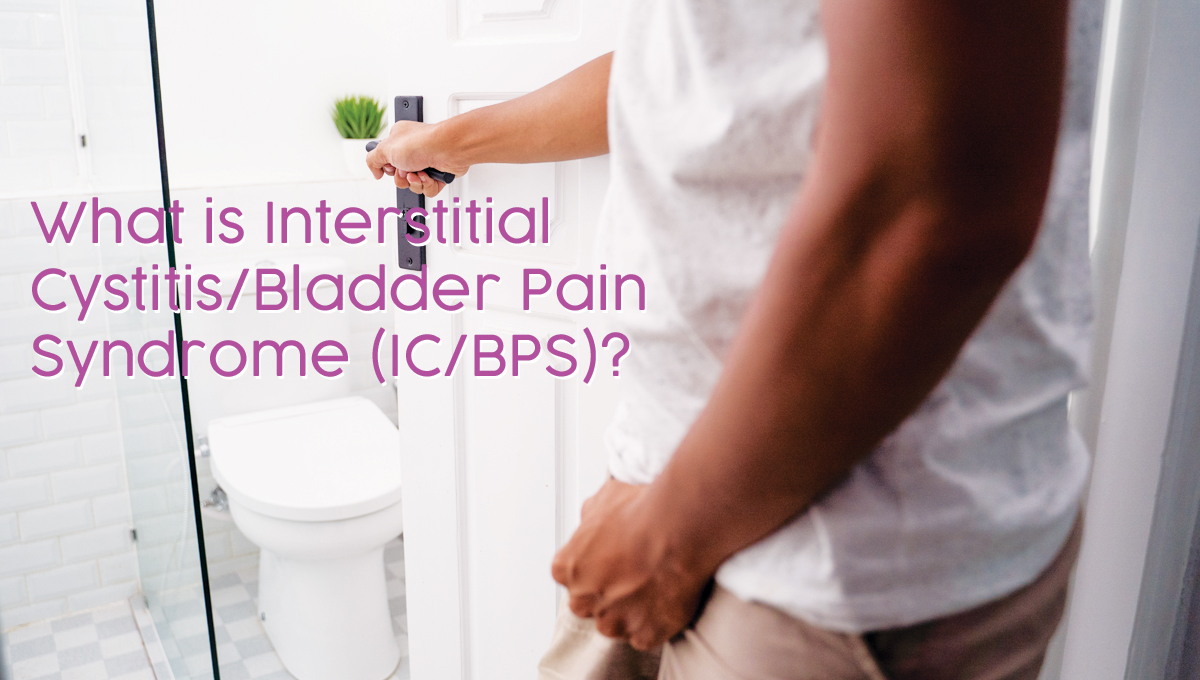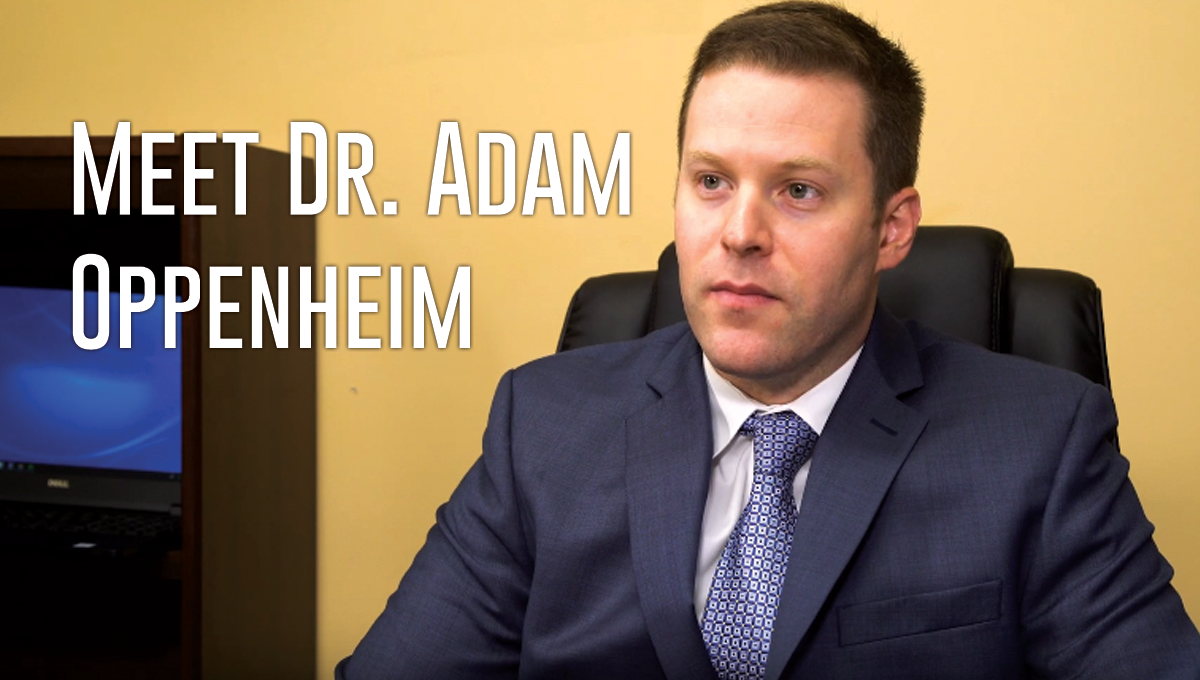When certain minerals are in excess in the body, they accumulate in urine. The urine becomes more concentrated as the levels of minerals and salts increase, particularly when the body is not well hydrated. As a result, hard masses of minerals and salts called kidney stones — often made of uric acid or calcium — form inside the kidney and can travel to other areas of the urinary tract. About 1-in-11 Americans will have a kidney stone at some point in their lifetime, but stones occur more often in men, people with diabetes and those who are obese.
Stones come in different sizes
Kidney stones vary in size. While some may be as small as a fraction of an inch and others only a few inches across, some stones can be very large and may take up the whole kidney. Smaller stones tend to remain in the kidney and rarely cause pain as they pass out of the body. In most cases they are not noticed until the kidney stones pass into the ureter. But larger stones may block urine flow, cause pain and result in urinary tract problems. Fortunately, the stones rarely cause permanent damage, and there are effective treatments for them.
Pain due to kidney stones
Pain is the most common characteristic and frequent symptom of kidney stones. Although the pain associated with stones varies from person to person, it can be quite intense and agonizing when it occurs — accounting for over 1 million visits to the emergency room every year. Many women who have had the condition attest that the pain is worse than the cramps and spasms of childbirth; others say it’s like being stabbed with a knife. The pain is felt along the side and back and below the ribs, though it may radiate to the belly and groin area with the movement of the stone along the urinary tract. It also generally occurs in waves, each wave lasting a few minutes, before disappearing and coming back.
Treatment of kidney stones
At St Pete Urology, we admit many patients in our emergency department because of painful kidney stones. Some patients also present with symptoms such as nausea, vomiting and hematuria (blood in urine). We determine how to manage kidney stone disease depending on the location and severity of the stones. For patients with small stones — several millimeters in size — we may allow time for the stones to pass without intervention. In that case, a patient is given pain medication, advised to drink plenty of water and waits for the stones to pass, under our close observation. But for large stones or complex ones causing problems such as severe pain, infection or kidney failure, we usually intervene to remove the stones.
Types of treatments
We often intervene to remove kidney stones that fail to pass spontaneously, are affecting kidney function, are accompanied by too much pain to wait for their passage, are blocking the flow of urine or are causing repeated infections. The interventions involve tiny or no incisions, minimal pain and a short time off work. At St Pete Urology, the treatments we commonly provide for kidney stones are extracorporeal shockwave lithotripsy, percutaneous nephrolithotomy and ureteroscopy.
1. Extracorporeal Shockwave Lithotripsy (ESWL)
ESWL (Extracorporeal Shockwave Lithotripsy) is the use of highly-focused sound waves released and focused from outside the body to crush kidney stones. The intense waves are able to reduce the stones into sand-like granules that can pass normally in urine over a few weeks. Before ESWL, patients are given a sedative or placed under regional or general anesthesia and ultrasound or X-rays used to pinpoint the location of the stones.
The procedure takes about 1 hour, but larger or more complex stones may need several ESWL treatments. Patients return home the same day and are able to resume normal activities in 2-3 days. Shockwave lithotripsy is not used for hard stones, such as cystine, struvite, and some types of calcium phosphate and calcium oxalate stones. It’s also not ideal for stones larger than 1 inch in diameter and for pregnant women.
2. Ureteroscopy (URS)
For some kidney stones, especially those located in the kidney and ureter, ureteroscopy is the preferred treatment. The treatment involves passing a small fiber-optic instrument called ureteroscope into the urethra and bladder, then into the ureter. The telescopic instrument enables the urologist to see the stone and to use a small, basket-like device to pull out a smaller stone. For larger stones that can’t be removed in one piece, the urologist uses laser or a similar stone-breaking tool to shatter the stone into smaller pieces.
Flexible ureteroscopes are used for stones located in the kidney and upper ureter while rigid ones are used when stones are located in the lower ureter near the bladder. During the procedure, you are placed under general anesthesia to keep you comfortable. A stent (or small tube) is left in the ureter to keep it open and drain urine from the kidney and into the bladder, but it’s completely within your body and doesn’t require an external urine collection bag. You can return home the same day and resume normal activities in 2-3 days, but the stent must be removed in 4-10 days to avoid infection and potential loss of kidney function.
3. Percutaneous nephrolithotomy (PCNL)
Percutaneous nephrolithotomy (PCNL) is the most appropriate treatment for larger or more complex kidney stones. It’s also the best treatment if several small stones are bundled up in one kidney. During the procedure, the surgeon makes a half-inch incision in the side or back and then guides a nephroscope (rigid telescope) through the incision and into the area of the kidney where the stone is located. Using the nephroscope, the urologist reaches the stone with instruments that fragments it into pieces that are then suctioned out. The ability to suction tiny pieces of stone from the urinary tract makes PCNL the best treatment option for larger stones.
PCNL is performed with the patient under general anesthesia. The procedure requires hospitalization and you are discharged after 24 hours but resume normal activities after 1-2 weeks. Usually at the end of the procedure a tube is placed in the kidney to help drain urine into a bag outside the body. The tube remains for a few days or just overnight. Before you are discharged from hospital, the urologist may do X-rays to check if any pieces of stone remain. The nephroscope may be inserted again if any stone fragments are detected to remove the leftover fragments and to make sure you are completely free of the condition.
At St Pete Urology, we have experienced urologists, specialized equipment and highly-skilled support personnel to help us deliver excellent outcomes for patients with kidney stones. We use both surgical and non-surgical methods to tackle this painful condition, including the minimally-invasive procedures of shockwave lithotripsy, percutaneous nephrolithotomy and ureteroscopy, robotic surgical procedures, advanced imaging technology, medications and dietary changes. For us, the goal is not only to cure kidney stones but also to prevent a recurrence — striving to make your first stone surgery your last. So if you have symptoms of kidney stones or want advice on how to avoid this painful condition, come see us for help. For more information on prevention, diagnosis and treatment of kidney stones, visit the “St Pete Urology” site.
 Bladder pain syndrome (BPS), medically known as interstitial cystitis (IC), is not easy to diagnose. It is a chronic health issue that causes pain and pressure in the bladder region and usually lasts at least six weeks without an infection or other clear cause. The pain may be mild, moderate or severe.
Bladder pain syndrome (BPS), medically known as interstitial cystitis (IC), is not easy to diagnose. It is a chronic health issue that causes pain and pressure in the bladder region and usually lasts at least six weeks without an infection or other clear cause. The pain may be mild, moderate or severe.



 At St Pete Urology, oral medications are typically our first line of treatment. The medications commonly given are vardenafil (Levitra, Staxyn), sildenafil (Viagra), avanafil (Stendra) and tadalafil (Cialis). All these medications work by improving the action and efficacy of nitric oxide, which is a natural chemical produced by the body and used to relax penile muscles. With increased activity of nitric oxide due to these drugs, there is increased relaxation of the smooth muscles, improved blood flow to and in the penis and greater likelihood of developing an erection when there is sexual stimulation.
At St Pete Urology, oral medications are typically our first line of treatment. The medications commonly given are vardenafil (Levitra, Staxyn), sildenafil (Viagra), avanafil (Stendra) and tadalafil (Cialis). All these medications work by improving the action and efficacy of nitric oxide, which is a natural chemical produced by the body and used to relax penile muscles. With increased activity of nitric oxide due to these drugs, there is increased relaxation of the smooth muscles, improved blood flow to and in the penis and greater likelihood of developing an erection when there is sexual stimulation.